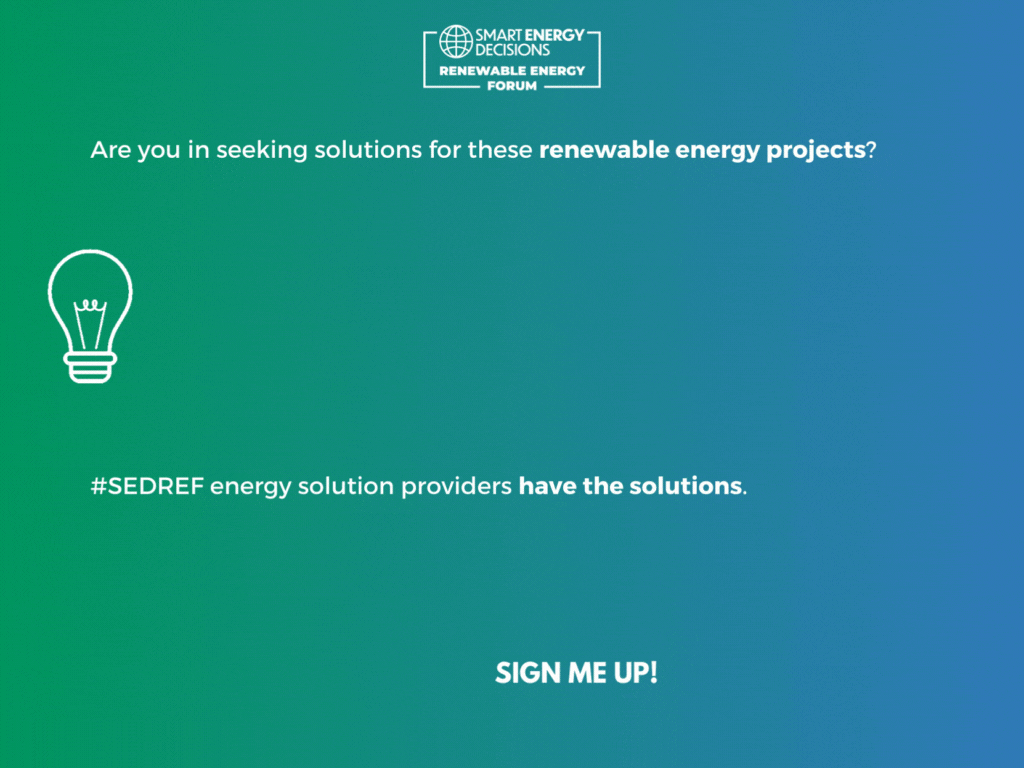Energy Efficiency, GHG Emissions, Industrial - July 9, 2019
Hess continues towards targets
Hess Corporation is on track to meet its 2020 targets to decrease flaring and greenhouse gas emission intensities from operated assets by 50% and 25%, respectively, from 2014 levels. The company achieved a 17% decline in GHG emissions intensity in 2018 compared to 2014.
“We believe sustainability is fundamental to our long-term strategy and performance and supports our purpose to be the world’s most trusted energy partner,” CEO John Hess said, in a statement announcing the publication of the company’s 2018 Sustainability Report. “Our commitment to sustainability starts with our Board of Directors and senior management and is reinforced at every level of our company.”
The report said that “GHG emissions generated from assets divested in 2017 and 2018 represent almost 50 percent of our 2014 base year emissions; therefore, we have restated our 2014 baseline and subsequent years of our GHG emissions and flaring intensities.” Noting that these restatements have resulted in lower 2014 base GHG emissions and flaring, which will make it more difficult to achieve intensity reduction targets, the report said, “Hess is fully committed to achieving our original 25% GHG intensity and 50% flaring intensity reduction targets, and therefore no change is planned for those targets.”
In 2018, of the estimated 3.9 million tonnes of gross GHG emissions reported from operated oil and gas assets, 3.6 million tonnes were Scope 1 emissions, primarily from flaring and fuel combustion, and approximately 0.3 million tonnes were Scope 2 emissions, from purchased electricity. Process operations (primarily fuel combustion) and flaring accounted for 43 percent and 52 percent of Scope 1 GHG emissions, respectively.
As an element of their Environment, Health & Safety (EHS) and Social Responsibility (SR) strategy, Hess has purchased carbon credits annually since 2010 to offset at least 100% of their Scope 3 business travel emissions (approximately 3,200 tonnes in 2018). They recently increased this commitment by also offsetting 100% of emissions associated with operating the company’s truck fleet, aviation activities (aircraft and helicopters) and personal and rental vehicle miles driven while on company business (approximately 11,800 tonnes in 2018).
Read These Related Articles:
- Hess Corporation Sets 2025 Goals
- Hess Corp. cut Scope 1 and 2 emissions 60%
- Hess reduces flares, GHG emissions
Share this valuable information with your colleagues using the buttons below:
« Back to NewsStay Up-To-Date












